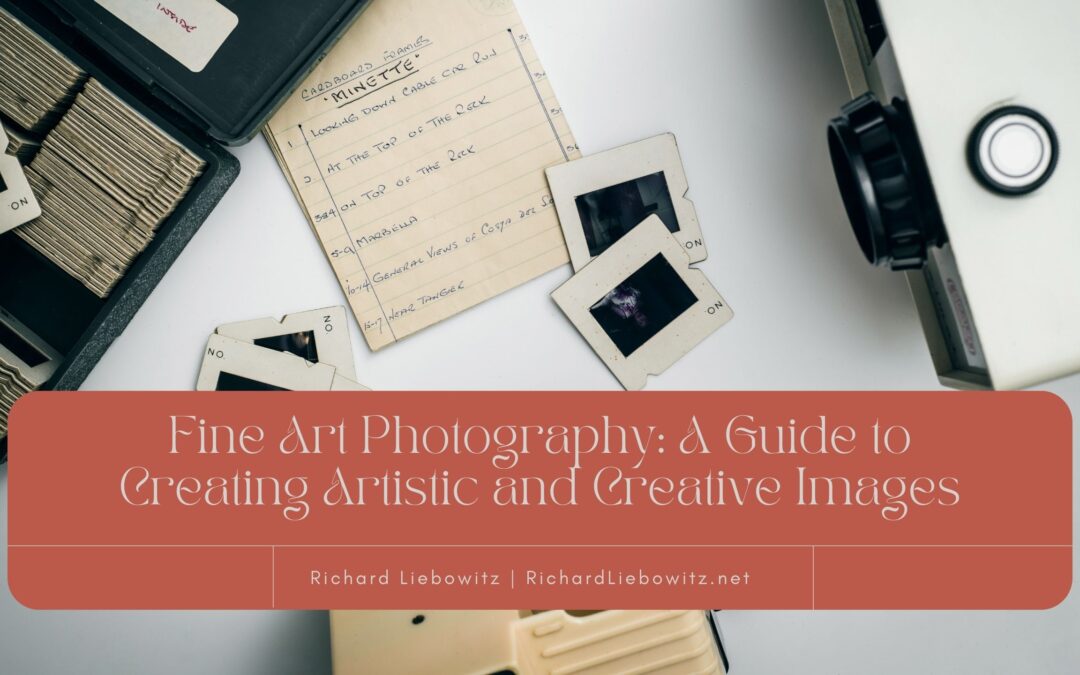In the realm of photography, fine art stands apart as a genre that not only captures moments but also transforms them into visual masterpieces. Fine art photography goes beyond mere documentation; it is a form of artistic expression that allows photographers to convey emotions, tell stories, and explore their creative visions. If you want to venture into fine art photography, this guide will provide essential tips and techniques to create captivating and imaginative images.
Find Your Inspiration:
It’s crucial to discover what inspires you when embarking on your fine art photography journey. Look for sources of inspiration, such as nature, urban landscapes, people, or abstract concepts. Explore different art forms, visit galleries, and study the works of renowned fine art photographers to understand the genre better.
Develop a Concept:
Before pressing the shutter button, develop your photograph’s concept or narrative. Think about the mood, message, or story you want to convey. Fine art photography often relies on symbolism, metaphors, and visual metaphysics to create thought-provoking and visually striking images.
Experiment with Composition:
Composition is a vital element in fine art photography. Play with techniques such as the rule of thirds, leading lines, symmetry, or unconventional framing to create visually appealing and dynamic compositions. Remember, breaking the rules can sometimes lead to the most compelling and unique images.
Master Light and Shadows:
Lighting is a crucial aspect of any photograph, but fine art photography uses it to create drama, evoke emotions, or highlight specific elements. Experiment with different lighting techniques, such as natural light, studio lighting, or even using shadows creatively to add depth and dimension to your images.
Explore Post-Processing:
Post-processing plays a significant role in fine art photography. It allows you to enhance colors, adjust tonal range, or create unique visual effects. Experiment with software tools like Adobe Lightroom or Photoshop to bring life to your artistic vision. However, remember to maintain a balance and avoid over-editing, as it can distract from the essence of your image.
Embrace Minimalism:
Fine art photography often celebrates minimalism, simplicity, and negative space. Explore the power of minimalistic compositions by removing unnecessary elements and focusing on the essential aspects of your subject. Embracing negative space can create a sense of tranquility and draw attention to the main subject of your photograph.
Use Unconventional Perspectives:
One way to create visually striking fine art photographs is by experimenting with unconventional perspectives. Explore different angles, vantage points, and viewpoints to give viewers a fresh and unique interpretation of your subject. Challenge the viewer’s expectations and invite them to see the world differently.
Tell a Story:
Fine art photography has the power to tell captivating stories. Create a narrative within your images by capturing moments that evoke emotions, raise questions, or spark the viewer’s imagination. Use symbolism, juxtaposition, or sequential shots to engage the viewer and invite them to become part of your visual story.
Seek Constructive Feedback:
To grow as a fine art photographer, seek feedback from fellow photographers and mentors, or participate in photography communities. Constructive criticism can help you refine your artistic vision, improve your technical skills, and gain new perspectives on your work. Embrace feedback as an opportunity for growth and learning.
Stay True to Yourself:
Finally, while learning from others is essential, stay true to your artistic vision and voice. Fine art photography is a personal expression, and your unique perspective sets your work apart. Embrace experimentation, take risks, and allow your creativity to flourish.
In conclusion, fine art photography is a genre that allows photographers to transcend the boundaries of traditional photography and create visual poetry. Grab your camera, step into fine art photography, and let your creativity soar.

